Blog
How Business Automation Can Cut Costs and Boost Revenue
- April 14, 2025
- 12:00 pm

In a highly competitive market, businesses are constantly looking for ways to reduce expenses while maximizing profits. Business automation offers a compelling solution. By automating repetitive processes and optimizing workflows, companies can lower costs, increase efficiency, and create more opportunities for growth. In this article, we’ll explore how automation can transform your business operations and lead to higher revenue.
How Automation Reduces Costs
1. Cuts Down on Manual Labor
Automating routine tasks like data entry, invoicing, and payroll reduces the need for manual work and lowers labor costs.
2. Minimizes Human Error
Fewer mistakes mean less time and money spent on corrections, rework, or compliance issues.
3. Improves Operational Efficiency
Automation speeds up workflows, eliminates bottlenecks, and optimizes resource allocation.
4. Reduces Paper and Administrative Costs
Digital processes cut down on the need for paper, printing, and storage.
5. Streamlines IT and Support
Automated updates, monitoring, and troubleshooting reduce the load on IT and support teams.
How Automation Increases Revenue
1. Frees Up Time for High-Value Tasks
Employees can focus on strategic, revenue-generating activities instead of mundane tasks.
2. Enhances Customer Experience
Automation tools like chatbots, CRMs, TrackHr and email marketing platforms provide faster, more personalized service.
3. Accelerates Sales Cycles
Automated lead nurturing and follow-ups speed up the sales process and improve conversion rates.
4. Improves Decision-Making
Real-time analytics and reports enable data-driven strategies that drive growth.
5. Scales with Your Business
Automation makes it easier to grow without significantly increasing overhead or headcount.
Areas of Business to Automate
- Finance: invoicing, payroll, budgeting
- Sales and Marketing: email campaigns, lead scoring, social media scheduling
- Customer Service: chatbots, ticketing systems
- HR: recruitment, onboarding, performance management
- Operations: inventory, logistics, order management
Getting Started with Business Automation
- Audit Current Processes: Identify time-consuming, repetitive tasks.
- Set Clear Goals: Know what you want to achieve—cost savings, speed, accuracy, or all three.
- Choose the Right Tools: Pick automation software that integrates well with your existing systems.
- Train Your Team: Ensure employees understand how automation supports their work.
- Measure and Improve: Track KPIs to evaluate the impact and optimize over time.
Conclusion
Implementing business automation is not just about saving money—it’s a strategic investment in your company’s future. By cutting costs and unlocking new revenue streams, automation can make your business more agile, competitive, and profitable. Start small, think big, and let automation power your growth.
Table of Contents
Exhausted from managing performance management manually?






